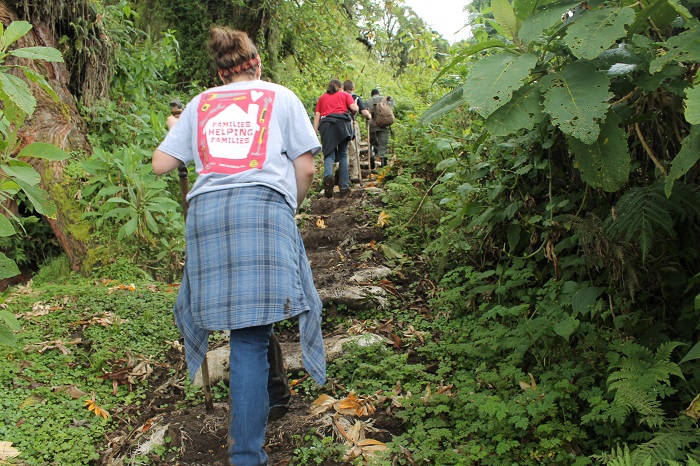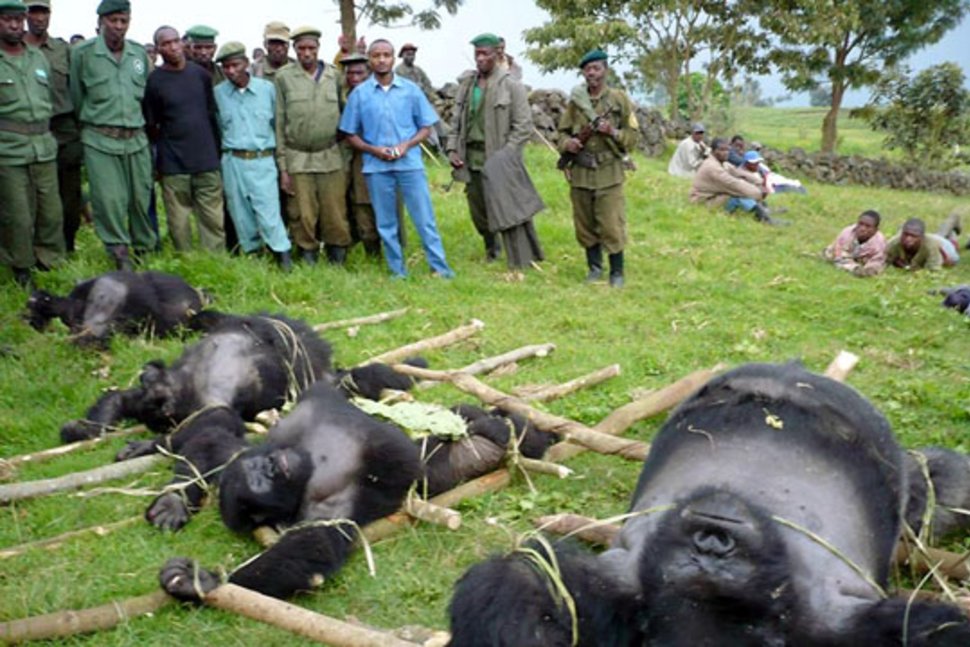Rwanda is famous for the gorillas, and many if not most tourists visiting the land of a thousand hills have only the gorilla trekking as the only thing to do in Rwanda. Many tourists do not know that Rwanda offers many other interesting activities that can be done in addition to the gorilla tours and in this article, I shall highlight many of them.
There are also many travelers who plan on visiting Rwanda but are not willing to spend the hefty $1500 for the Rwanda gorilla tracking permit pass or ticket, but would like to explore Rwanda. This article will give you great alternatives to the gorillas that you can do and have a memorable trip in Rwanda.
Big five safari in Akagera National Park
Did you know you can see the famous big five (Lion, Leopard, Rhino, Buffalo, Elephant) in Rwanda? Yes, Rwanda has the big five in Akagera National Park. So, you do not have to fly first to the Serengeti or Masai Mara to combine the big five safari with the gorillas in Rwanda. You can see both the big five and gorillas in Rwanda. And Rwanda being a small country, you can do a safari trip to Akagera park and see the big five in one day and the following day travel to see the gorillas in Volcanoes National Park.
Chimpanzee trekking/tracking in Nyungwe national park
The chimpanzee trekking in Rwanda is one of the most exciting wildlife adventures after the gorilla trek. The chimpanzees are man’s closest relatives sharing more than 98% DNA, so an encounter with them in their natural environment is very revealing as you will observe their unique characters, their community organizations, classes, and leadership structures. There is a lot of similarities between chimp and human society organization.
Canopy walk and monkey tracking in Nyungwe national park
The canopy walkway in Nyungwe forest national park has become one of the iconic attractions of Rwanda that features a lot in promotional magazines and tv adverts. It has also been rated as the best canopy walkway in Africa. The walkway gives you incredible views across an ancient mountain forest, and a chance to see monkeys and birds at eye-level as you walk in the canopy of trees. The canopy walk is a short tour of about 2 hours and is often done as an add-on to the chimpanzee tracking or monkey tracking and nature walks in Nyungwe national park.
Golden monkey trekking in Volcanoes National Park
If you cannot afford the expensive gorilla trek, the golden monkeys trekking is a good excuse for you to explore the incredible Virunga mountains in Rwanda. The strikingly beautiful monkeys live in the lower areas of the volcanoes and a troupe of more than 100 monkeys is habituated for an amazing monkey tracking experience. The monkeys are very attractive and exciting to watch and photograph.
The monkey trek is also a great addition to the gorilla trek
Birding in Rwanda
Rwanda has been off the birdwatching grid for a long time, but birders are now discovering what a gem it is. This small country boasts more than 700 bird species meaning you can tick off as many birds in the shortest time possible. The mountain forests in the Albertine rift valley that runs through the western part of the country, host many endemics of the Albertine rift and are the biggest pull for birders to Rwanda. These are supplemented by several other biomes and rich diverse habitats in Rwanda.
Hiking in the volcanoes
Rwanda does not have high mountains for mountaineering and multi day hiking, but it has a share of 5 of the 7 major volcano mountains of the Virunga Mountain range which sprawl along the borders with Uganda and the D.R. Congo. The volcanoes provide some of the best day hiking you will ever do. The most popular of the volcanoes is the Mount Bisoke (3711m) which has a large beautiful crater lake at the summit. You can make an early transfer from Kigali to the park for a one-day hike in the Virunga mountains and get back to Kigali on the same day.
Water sports and activities
If you love water, Rwanda has many rivers and lakes in some of the best settings.
One of the best ways to explore Rwanda’s breathtaking landscape and lush countryside is by taking a boat/canoe trip down a stream on River Mukungwa in the foothills of the Virunga mountains. The canoe trip is a great addition to any tour to Volcanoes National Park, such as to the gorilla trekking, hiking, and golden monkey trekking.
For those who yearn for a vacation with many activities and water adventures, Lake Kivu, Rwanda’s biggest lake offers a kayaking, paddleboarding, boat rides, fishing, farm experiences, hiking, etc…
Biking along the Congo Nile trail
If you love biking, Rwanda is one of the best places for biking/cycling experiences. The amazing rolling landscape, cool weather, nice tar roads, a safe countryside, strict speed rules for motorists, many beautiful viewpoints and many interesting activities do and places to see along the way.
The most popular biking/cycling trail is the Congo – Nile trail in the mountainous western part of Rwanda that runs from Nyungwe Forest National Park in the south, going along the Lake Kivu and winding up in the foothills of the Virunga mountains in the north. You can also safely bike in the well-organized capital City Kigali.
Community & Cultural experiences
Rwandan have a rich culture with many traditions. You can experience these traditions by visiting an organized local community in the countryside. You learn about their folklore, traditional dances, farming, artisanry and month others. You can also visit several museums in the different parts of country that display and tell the history and culture of the Rwandan people. Such a museum if the Kings Palace museum on the way to Nyungwe forest National Park that you can make stopover at on the for the chimpanzee trekking tour.
Genocide museum tours – reconciliation village
Rwanda and the genocide feature in the same sentence a lot of times. It is almost impossible to separate the two because this infamous phase in the history of Rwanda is what it is most known about it. As a visitor to Rwanda you almost obligated to learn about the tragic events of the genocide in order to appreciate the strides Rwanda has made in the last two decades. There are several genocide museum tours you can add to your visit to Rwanda, one of them is the Kigali Genocide Museum. You can also visit the Reconciliation Village outside Kigali where genocide perpetrators and survivors live side by side, learn their story of the road to reconciliation and see the projects that carry out together to uplift their community.
Tea & coffee plantation tours
Are you a tea person? Or a coffee person? Rwanda is a major producer of these two crops. You can visit a tea or coffee plantation & processing factory for an experience of plant to cup. You see and take part in the tea or coffee growing, harvesting and processing and finish up with a cup of tea or coffee of your own harvested plant.
The tea and coffee tours can be added in your chimpanzee trekking and gorilla trekking trips.

